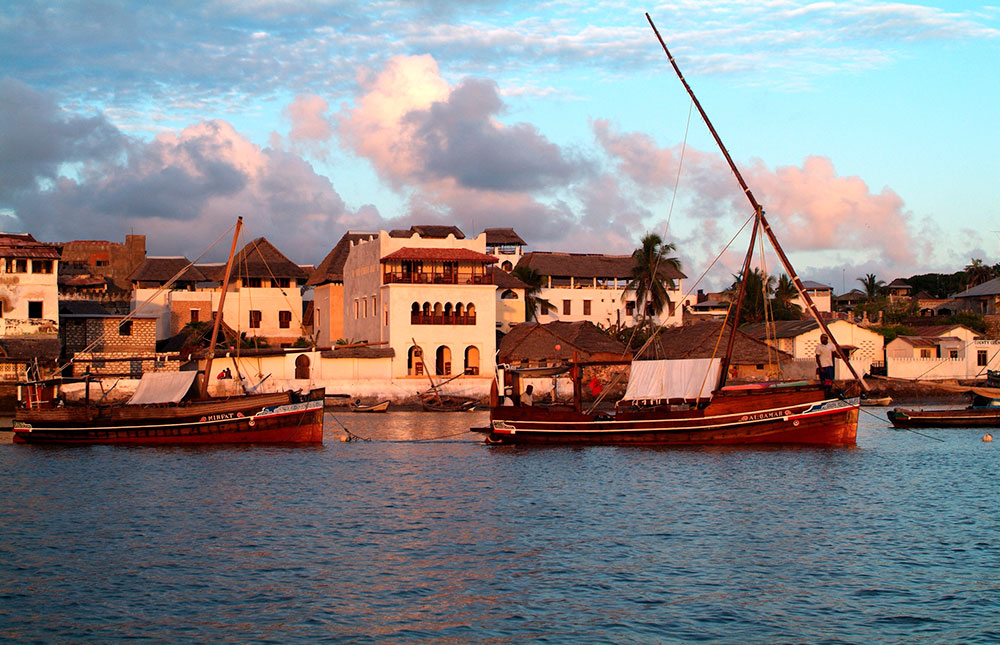The Swahili ethnic group is widespread in East Africa, mainly along the coasts and islands of Kenya, Tanzania and northern Mozambique. Although the Joshua Project suggests the number of Swahili speakers is 1.8 million, estimates suggest that more than 100 million people speak Swahili, spread across Tanzania and Kenya and bordering areas of Uganda, Mozambique, the Democratic Republic of Congo, Rwanda, Burundi, Somalia, Zambia, Malawi and northern Madagascar. However, the language, which was born on the African coast of the Indian Ocean between the 8th and 12th centuries AD as a result of interaction between groups of Bantu, Arabs and Persians, is not the only Swahili legacy. Its influence, the extent of which is indicated by the spread of its language, extends to the architecture of the entire geographical area.
Numerous examples of Swahili architecture can be found in the urban centres of Mombasa, Lamu and Malindi in Kenya, or Songo Mnara, Kilwa Kisiwani and Zanzibar in Tanzania (indeed, Lamu, Zanzibar and Kilwa are UNESCO World Heritage Sites), although its influence extends from Mozambique in the south to Somalia in the north. Like the language, Swahili architecture is a representation of the cultural blending of elements from mainland Africa with those from the Arabian Peninsula and South Asia. Islam plays an important role in the urban planning of Swahili cities. Organised into districts divided by walls, the mosque represents the centre of each neighbourhood, from which the characteristically narrow main streets run north, south, east and west.
Typical of Swahili architecture is the use of coral limestone in masonry walls, combined with mangrove beams to support the roofs and ceilings, and erected with mortars of lime, sand and red earth. Limestone, mangrove and mortar are all local materials. Otherwise, the colour white is prevalent on the façades and walls of Swahili architecture, which, together with the aforementioned materials, helps to protect the interior from the hot coastal climate. Another distinctive feature is the richly decorated carved wooden doors in rectangular frames with straight lintels. It was customary to carve a quotation from the Qur’an, or information about the respectable owner of the house in Arabic. However, late-influenced arches in doorways and openings became more common from the 19th century onwards.
The interior of the houses is arranged around a central courtyard, with the living space associated with a portico concealed by a wall and separated from the rooms open to the public. The courtyards are an additional resource for cooling the house, as well as a key element for privacy. The wooden shutters that cover the openings allow daylight to enter gently. Ornate balconies and benches attached to the main façade of the building are also common.
The influence of Swahili architecture is still alive and well and, as evidenced by the UNESCO protection of many of its manifestations, it represents a cultural and urban asset, as well as a major tourist and scenic resource. Perhaps that is why, either through the restoration of old buildings or the construction of new ones, many hotels and resorts adopt the Swahili style, a traditional style that exemplifies cultural exchange and adaptation to the climatic conditions in its geographical area. Perhaps only one thing remains to be said: hakuna matata.








